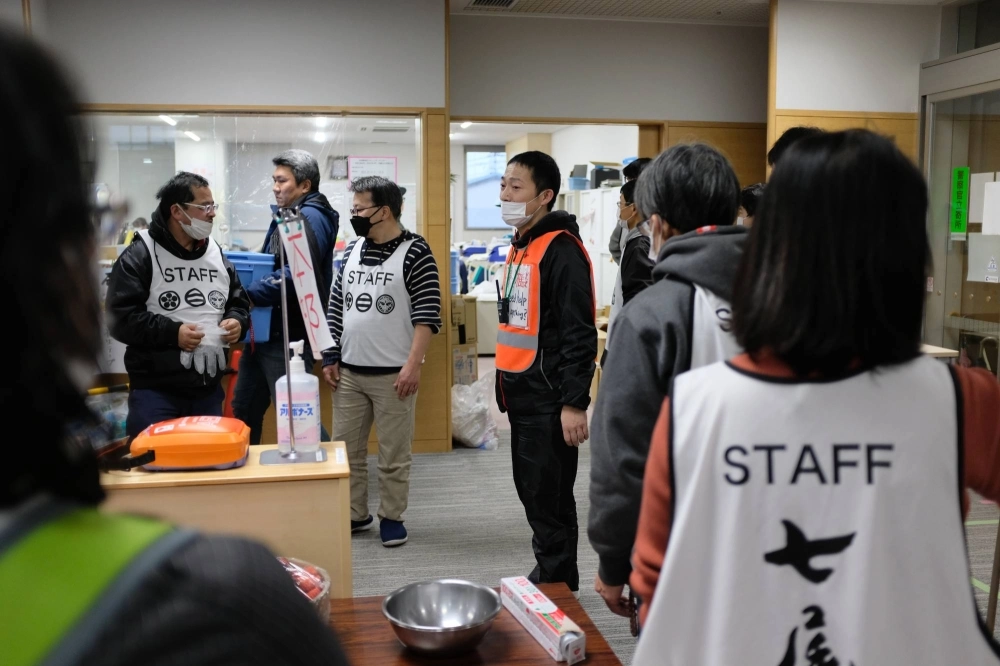After an 18-hour journey, a navy blue van pulls into a convention hall parking lot in the city of Nanao in Ishikawa Prefecture, which is now a lifeline for evacuees from the massive Jan. 1 earthquake.
Volunteers swoop in to unload boxes fixed with essentials — from diapers to ingredients for Japanese curry — that had been brought in from almost 800 kilometers away. Signs on the van show where their trip began: Otsuchi, Iwate Prefecture — one of the areas hardest hit by the 2011 Great East Japan Earthquake and tsunami.
“We understand how difficult this all is because of our past,” says Hiroyuki Takahashi, 49, a politician-turned-entrepreneur working with the Iwate group, who had arrived ahead of the van by train the day before.



















With your current subscription plan you can comment on stories. However, before writing your first comment, please create a display name in the Profile section of your subscriber account page.